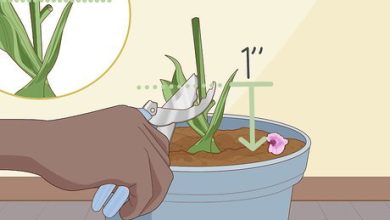Walnut Anthracnose: [Concept, Signs, Treatment and Prevention]
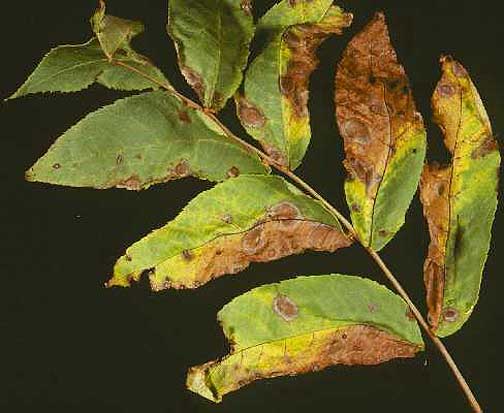
Important points about Walnut Anthracnose:
- What is? Anthracnose ( Gnomonia leptostyla) of walnut is a fungal-type disease caused by fungi of the genera Colletotrichum, Gloesporium and Coniothyrium.
- What are its signs? Anthracnose in the walnut tree causes strong defoliation that begins to deeply weaken the entire plant.
- How to fight it? The way to treat and combat walnut anthracnose is through preventive cultural techniques and, as a last resort, appropriate chemical measures for the disease.
- What treatments exist? Treatments to control anthracnose are based on the use of products with copper as the active ingredient: copper hydroxide, copper oxychloride and Bordeaux mixture.
- How to prevent it? Walnut anthracnose can be prevented with phytosanitary and cultural measures, among which we can highlight: sowing varieties that are less sensitive to attack by the disease and whose seeds are the product of healthy and vigorous specimens.
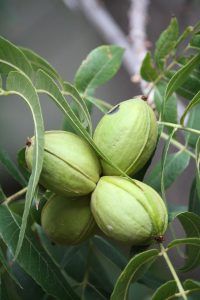 The walnut plant (Juglans regia) is a vigorous tree over 25 meters tall, with a wide crown and a trunk that can measure 3 to 4 meters in diameter.
The walnut plant (Juglans regia) is a vigorous tree over 25 meters tall, with a wide crown and a trunk that can measure 3 to 4 meters in diameter.
Its leaves are large, dull green, perennial imparipinnate and its famous fruit is the nut. It is a tree that is used for its wood, for its fruit and for the medicinal properties attributed to it.
There are various types of walnut plants and, although many are resistant to pests, one of the diseases that causes the most damage is anthracnose.
What is walnut anthracnose?
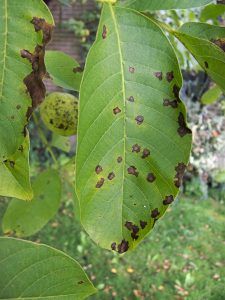 Anthracnose (Gnomonia leptostyla) of walnut is a fungal-type disease caused by fungi of the genera Colletotrichum, Gloesporium and Coniothyrium.
Anthracnose (Gnomonia leptostyla) of walnut is a fungal-type disease caused by fungi of the genera Colletotrichum, Gloesporium and Coniothyrium.
The disease develops on walnut roots, leaves, and fruit when there is excess moisture and cool temperatures.
All walnut varieties are susceptible to this disease, although its severity usually depends on the bud period.
The youngest walnut plants are therefore usually the most severely attacked by anthracnose. For farmers, it is very important to recognize the anthracnose disease in walnut trees and the type of fungus that causes it.
Good information and knowledge about the disease can help walnut crops recover. A severe attack of anthracnose can cause the total loss of the crop.
What are the signs of anthracnose on walnut?
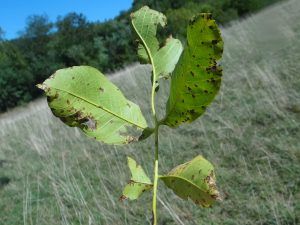 Anthracnose in the walnut tree causes strong defoliation that begins to deeply weaken the entire plant.
Anthracnose in the walnut tree causes strong defoliation that begins to deeply weaken the entire plant.
Affected leaves have numerous small, rounded, brownish spots and are characterized by a white halo on the underside that differentiates them from bacteriosis.
Also, on walnut leaves that have fallen to the ground during winter, perithecia (ascocarpal structures) with asci and ascospores are formed. The branches of the walnut tree suffer serious injuries with the presence of anthracnose.
In the fruits, anthracnose causes deformations that can affect the seed and is observed as spots that can converge and be much larger.
During the vegetative shutdown of the walnut tree it also suffers from anthracnose attacks on the lignified shoots that appear as if the bark had scales and acquires a grayish color.
Walnut anthracnose is related to temperature levels close to 20º C and very high relative air humidity.
One of the most curious symptoms of anthracnose in walnut trees is that the stain produced by the fungus is not capable of passing through the nerves of the leaves, especially if they are large.
How to combat walnut anthracnose?
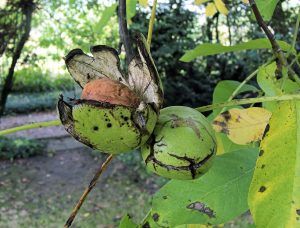 Walnut anthracnose is a very serious problem for farmers because it affects the plant in general and causes significant economic damage.
Walnut anthracnose is a very serious problem for farmers because it affects the plant in general and causes significant economic damage.
When the walnut fruits present the spots caused by anthracnose, they are no longer suitable for sale.
If the plant is taken over by the disease, it only remains to destroy the crop completely. It is for this reason that it is very important to apply measures to control and combat anthracnose, from the very moment of planting, continuing with the development and growth of the plants.
The way to treat and combat walnut anthracnose is through preventive cultural techniques and, as a last resort, appropriate chemical measures for the disease.
What treatments exist against walnut anthracnose?
Treatments to control anthracnose are based on the use of products with copper as the active ingredient:
- Copper hydroxide.
- Copper oxychloride.
- Bordeaux broth.
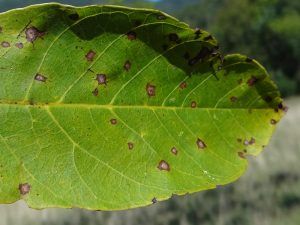 Experts recommend applying the treatments using some kind of wetting agent to keep the product on the leaves for at least 48 hours.
Experts recommend applying the treatments using some kind of wetting agent to keep the product on the leaves for at least 48 hours.
During the treatment, and in case of unexpected rain, it is necessary to repeat the procedure from the beginning and as soon as possible.
After the second treatment with copper, it is recommended to add some fungal product to improve the health of the plantation. The treatments must be done following the varietal phenology in three phases:
- The first of Desborre.
- The second in full female bloom.
- The third in the fruit setting.
If the year is rainy, the treatment must be carried out again in a space of time of 15 days. It is also recommended to burn the fallen leaves and fruits of the tree, since the fungus remains active during the winter.
During the vegetative period, and in the event that the walnut tree is damaged by hail, it is important to apply a systemic fungicide such as Difenoconazole.
How to prevent walnut anthracnose?
Walnut anthracnose can be prevented with phytosanitary and cultural measures, among which the following can be highlighted:
- Plant varieties less sensitive to disease attack and whose seeds are the product of healthy and vigorous specimens.
- Choose certified material for sowing or planting that is free of harmful agents.
- Rotate the crops and use the appropriate ones to avoid the presence of anthracnose in the walnut tree.
- Use balanced fertilization practices, soil amendments, irrigation and proper drainage.
- Carry out deep and regular pruning in such a way as to eliminate the affected parts of the walnut tree and combat any focus of the disease.
- Destroy the fallen leaves of the walnut plant and clean of weeds to prevent the formation and spread of the anthracnose fungus.
- Maintain an appropriate temperature and irrigation system for the crop, avoiding excess water and humidity, which are fundamental elements for the appearance of anthracnose.
Bibliographic references
- Anthracnose of walnut (Juglans regia L.) produced by Phyllosticta juglandis (DC) Sacc.., MG Palacios de García, AJ Mena – Northwest agronomic magazine…, 1975 – sidalc.net
- Foliar diseases of fungal origin Anthracnose, M Murace, N Acosta – Sanitary problems of the trees – aulavirtual.agro.unlp.edu.ar
- Walnut cultivation. Technical Sheet, J Malagón – 2020 – redivia.gva.es
- Walnut, J x intermediate Car – selvicultor.net
- The walnut tree and its perspectives, P Doreste – Argentine Food, 2009 –alimentosargentinos.gob.ar
- Management techniques to improve the production of Creole walnut (Juglans australis Griseb) fruits in the town of Guerrero, Province of Jujuy, MB Tell – 2016 – rdu.unc.edu.ar
Maybe you are also interested in:

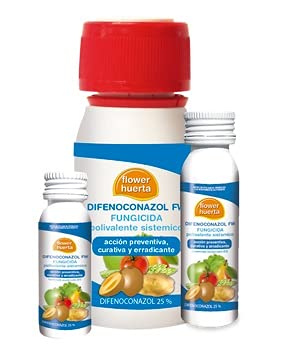
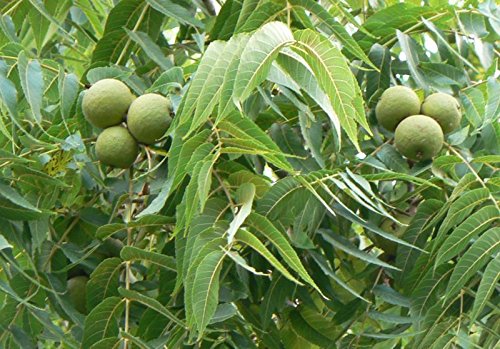
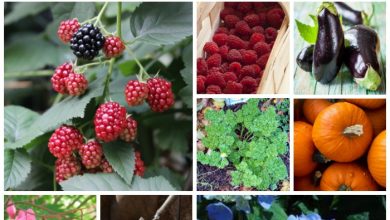
![Photo of Mimosa Tree: [Cultivation, Irrigation, Associations, Pests and Diseases]](https://www.complete-gardening.com/wp-content/uploads/2022/08/mimosa-tree-cultivation-irrigation-associations-pests-and-diseases-390x220.png)
![Photo of Plague Thrips: [Detection, Steps to follow and Products to use]](https://www.complete-gardening.com/wp-content/uploads/2022/08/plague-thrips-detection-steps-to-follow-and-products-to-use-390x220.png)
